The crowd, gathered at the Covered Hall of the Dashrath Stadium on Tuesday, cheer up their teammates and friends as robots battle with each other in the three different pplaces of the hall. In one corner, two robots are smashing into each other, trying to push the other down the circular board they’re battling in. This competition is ‘Robo Akhada’ the purpose of which is to check the strength of the robots and see who emerges the winner in three quick minutes. It’s the only competition for manual robots in the event.[break]
At the opposite end, two robots are trying to navigate along the white line that forms the map of Nepal. The robot that completes the irregularities of the map within three minutes is to be declared the winner of ‘Robo Racer’. This competition, testing the speed of the machine, will also check the precision with which the robot completes the task. The map of Nepal, which was an important component of Robo Racer, was only unveiled at the event guaranteeing that the participants had something to look forward to.

Robo Akhada
Robo Racer participants Rabindra Singh, Anish Man Shrestha and Tenzing Thapa from Cosmos College of Management and Technology finished their robot within a span of two months. A day before the competition, the team was still giving finishing touches to their robot. Rabindra explained, “The programming was a bit complicated. We have a LDR sensor, a micro controller, matrix board and a driver, and now we’re just working on making it sturdy.”
On the other hand, in ‘Mission Nepal,’ two robots struggle to race up the slope as the clock ticks down on the five minutes they need to navigate the representative topography of Nepal. One pushes ahead in the first slope while the other is struggling to get a grip on the slope incline. Because the robots have to move across the Terai plains and the hill slopes and the final hurdle of Everest, five minutes seems too meager a time. “We’re teaching them to be effective under pressure and be quick on their feet,” says Sakar Pudasaini, co-founder of Karkhana.
Roshan Kumar Giri and his team’s robot has pulled them into the semifinals of ‘Robo Akhada’. The four-member team, Bullets, is excited and thinks that they have more than a chance of winning. The Computer Engineering students from Advanced College of Engineering were sponsored by the Robotics Club in their college. Giri, excitedly says, “Our robot is compact, has a good center of gravity and the front slope is low so the other robots can’t push ours down easily. The four motors have the same power which means that the torque is also the same and it results in a smooth ride.”
Smoothening the battery with black tape, Janardhan Silwal looks worried. The A-Level student from Budanilkantha School points to the robot at his feet and says that it took him and three of his friends a month to complete it.
“Since we had no idea how to make something like this, we had to research on the subject on the Internet and had many tries before settling on this. In this robot, we’ve used plywood for the base, aluminum covers and big motors. The fluctuating power landed us in trouble during the first round,” he says, indicating the battery. They spent Rs 6,000 to make the robot, and the four divided the costs amongst themselves.
‘Yantra 2.0’ is the first robotics competition where schoolchildren are competing alongside with engineering students.
Dipesh Khanal, Joint Secretary at RAN and member of Karkhana, says, “We had a team of school students who gave us small change when submitting the registration fee of Rs 3,000. Perhaps they pooled their pocket money to register at the event.”
Khanal says that the robots, while functioning quite well, lack in the design aspect. “Of course, this is what even we did as engineering students but now it’s time that students started making more effort to polish their entire product.”
A nice cover and a paintjob can do wonders, says Pavitra Gautam, CEO at Karkhana. “They need to take this as a project and plan not just the mechanism of the robot but also its appearance.”
The event also had a host of interesting features for curious students. As a group of students marveled at and took turns to try their hands at producing music by tapping on fruits, another listened attentively as Nhasala Joshi explained the functions of Nepal’s first 3D printer.
With Kathmandu University owning the only other 3D printer, Karkhana’s printer was brought to the country some nine months ago. Looks can be deceiving because though looking like it’s been dismantled and wiry, it’s just printed a white key ring. Holding it up, Joshi explains that it was printed within 30 minutes and the printing takes time, depending on the complexity of the designs. Karkhana is also on the verge of completing its own 3D printer.
Next, Joshi points to the first Nepal-made laptop. “The laptop has Raspberry Pi which is the cheapest CPU and utilizes Arduino microcontroller and Scratch software. It’s portable and has everything we need for our teaching curriculum,” she says. Admitting that although the laptop has a few problems with the display, she points out that it’s not a final product yet. “It’ll probably be available under US$100,” she states.
Being an education company, Karkhana believes in using these items to prepare students for the advancing technical world.
As Khanal says, “We’re teaching students about 3D printing so that within the next three years there will be more than a handful of people who know how to operate it.”
Gautam says of the event’s objectives: “We’re trying to promote a maker-related culture and also giving space to the students so that they can also have practical exposure and challenges alongside theoretical knowledge from the classroom.”
Supreme Court's long lost Durga yantra found



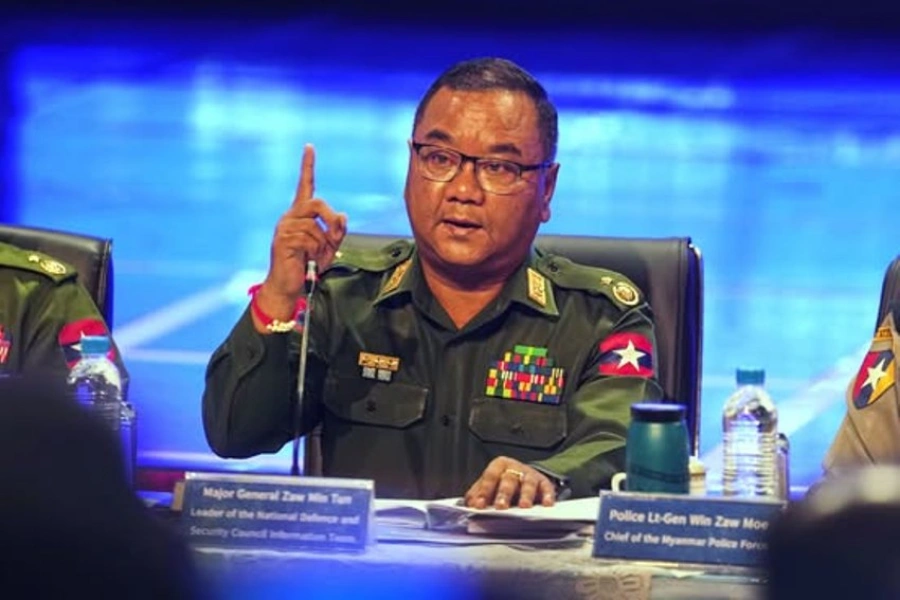


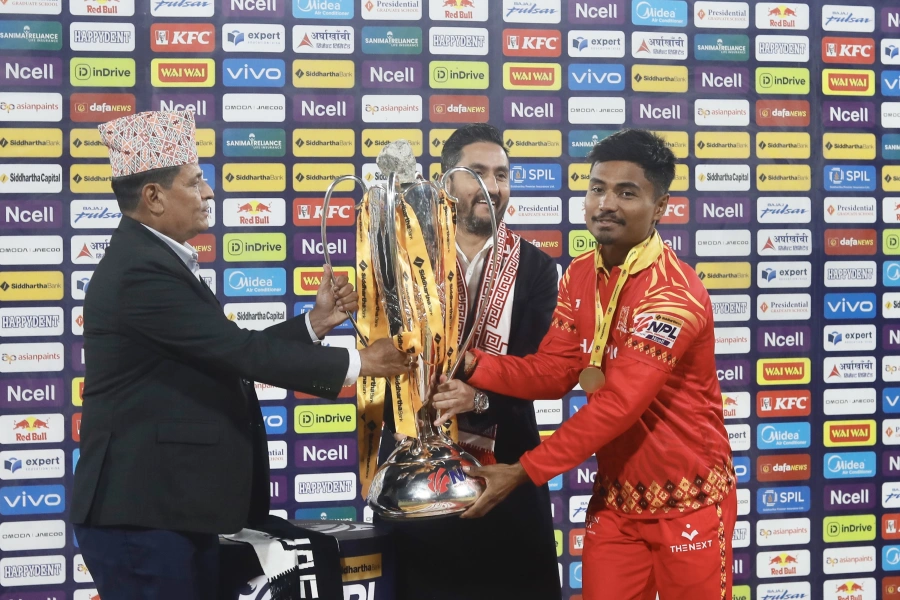
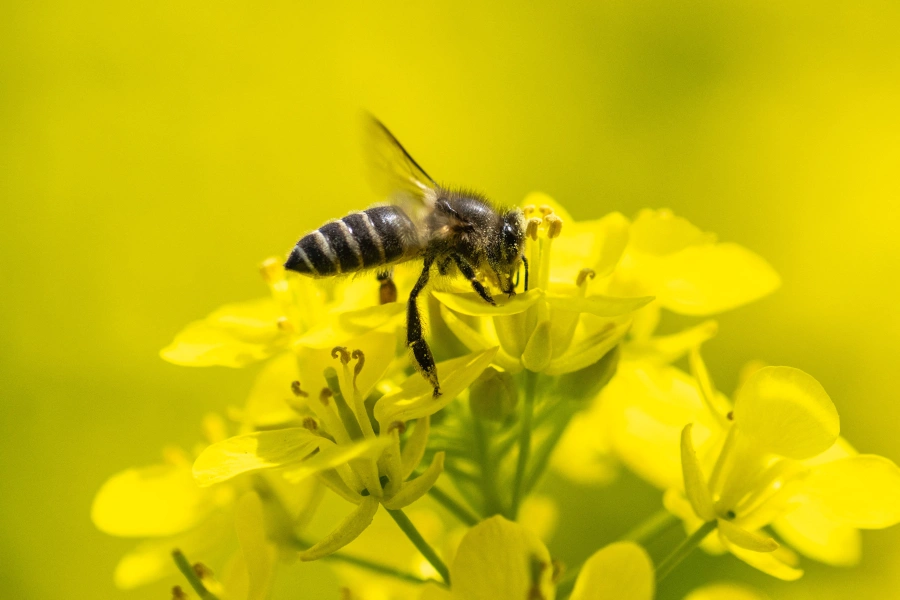
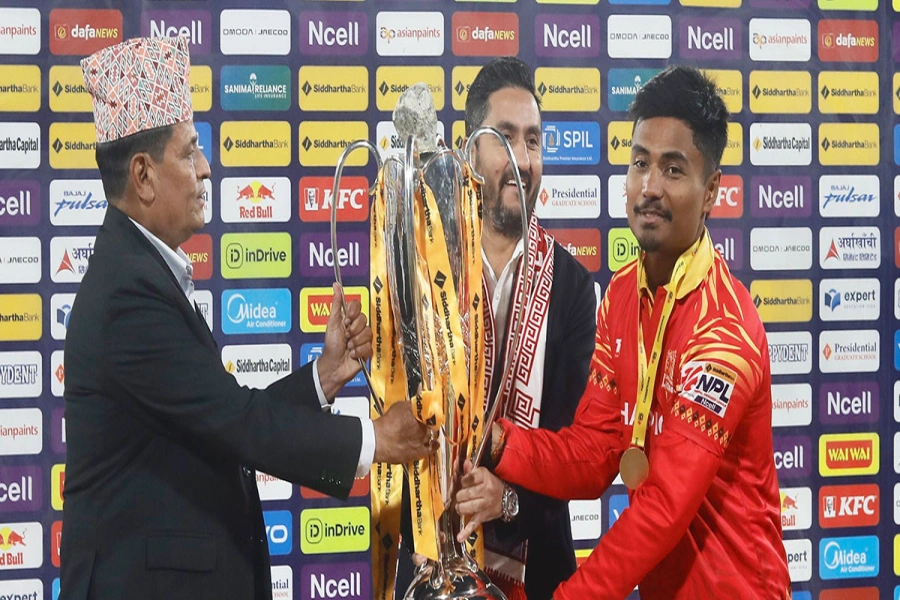

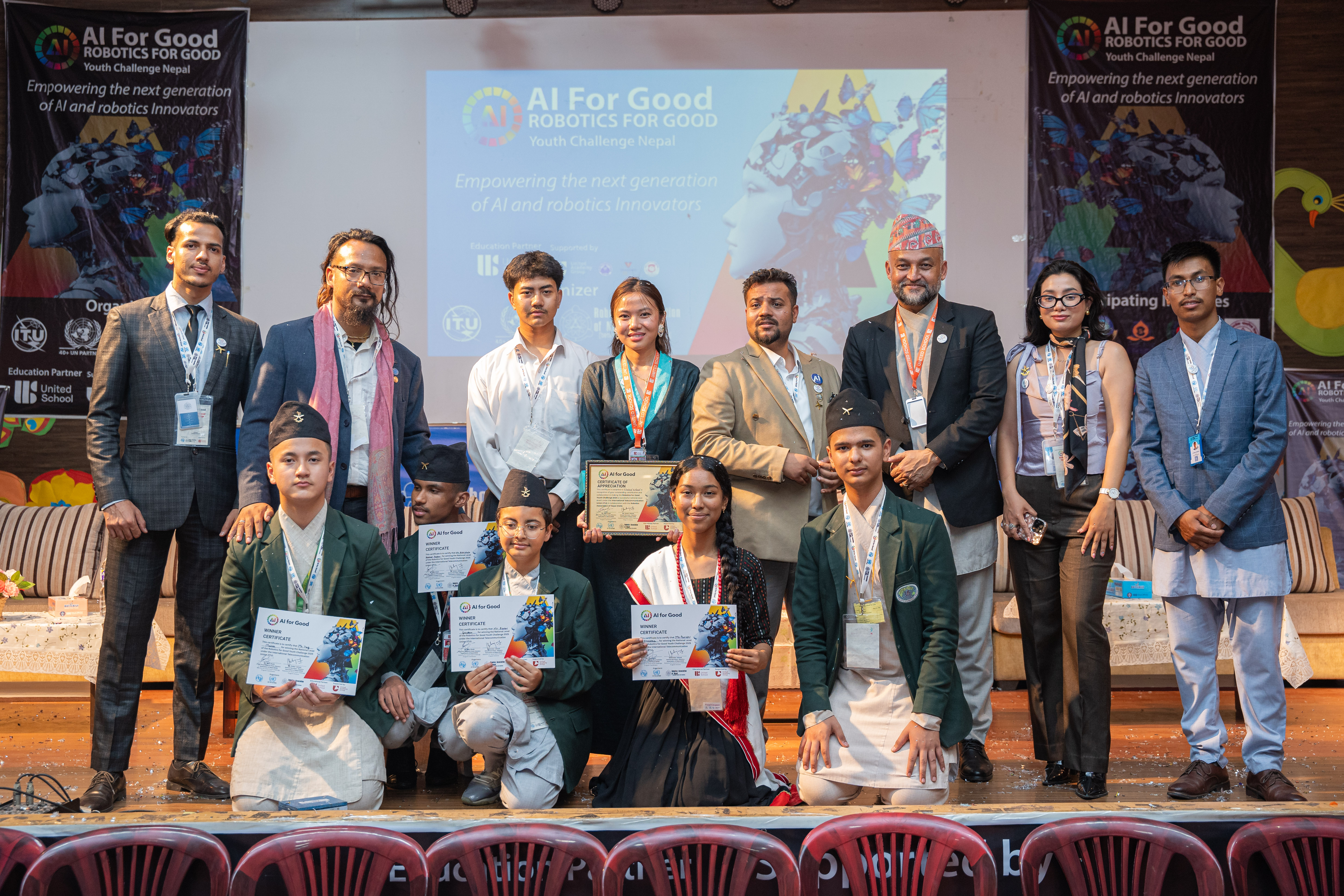


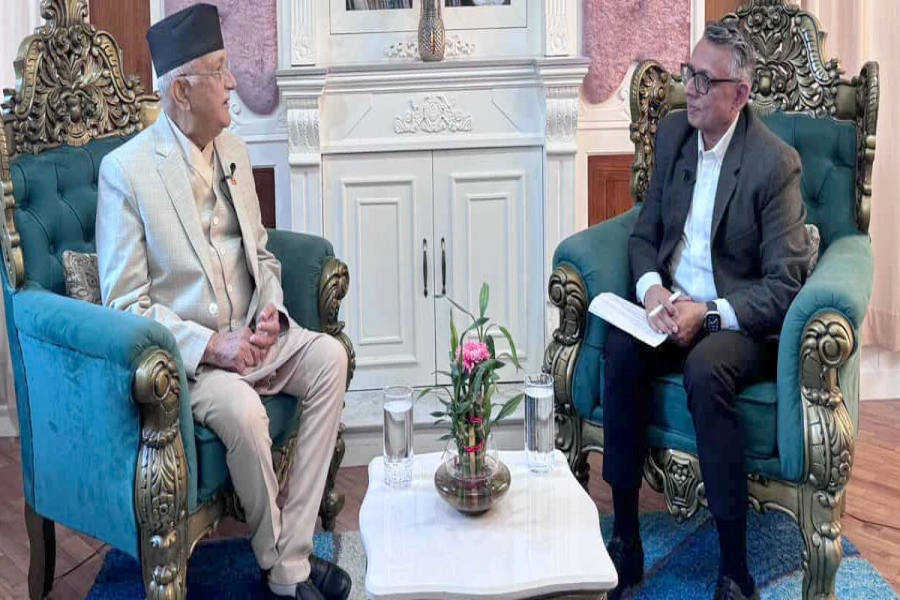

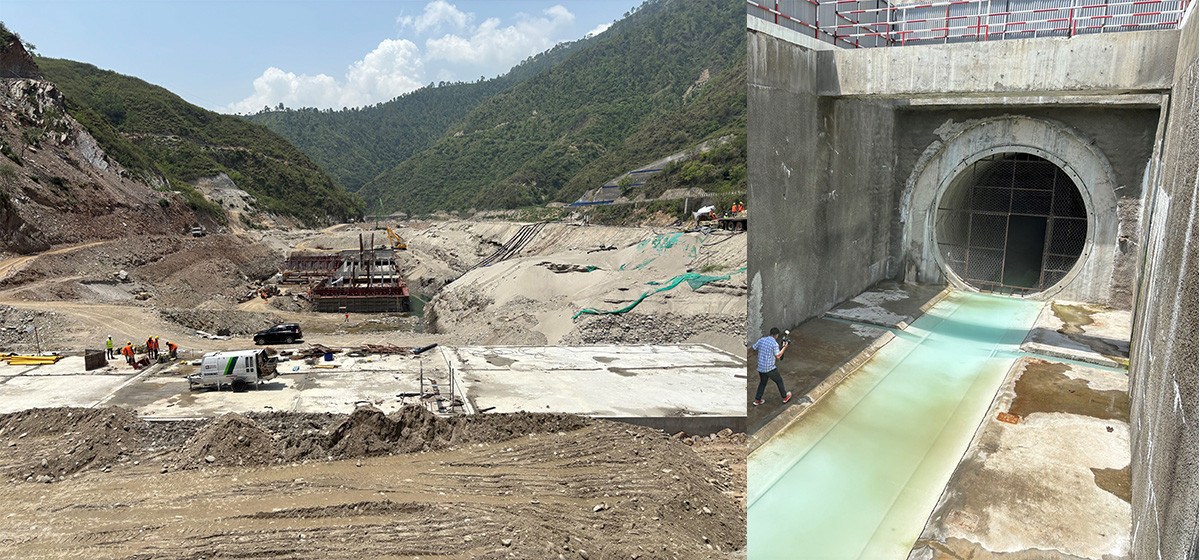
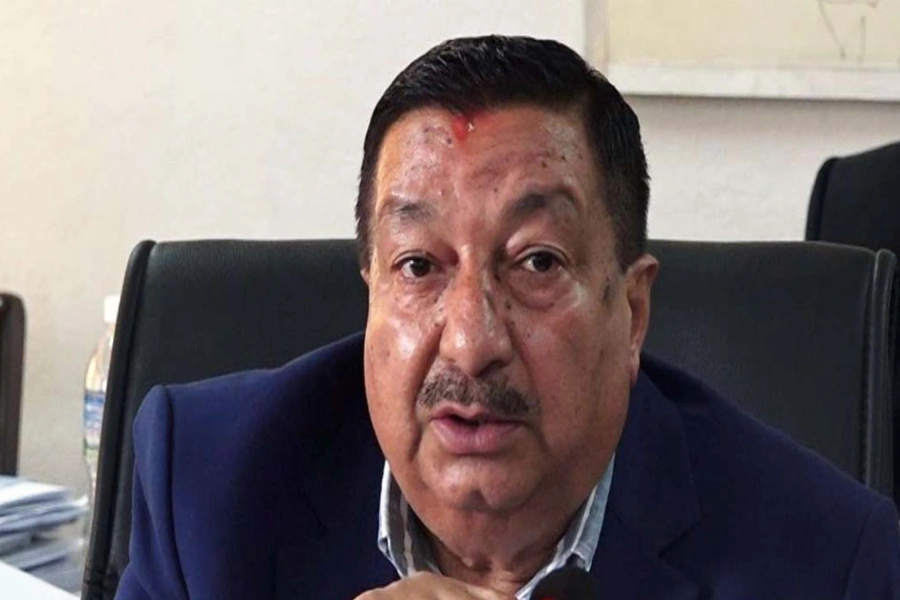

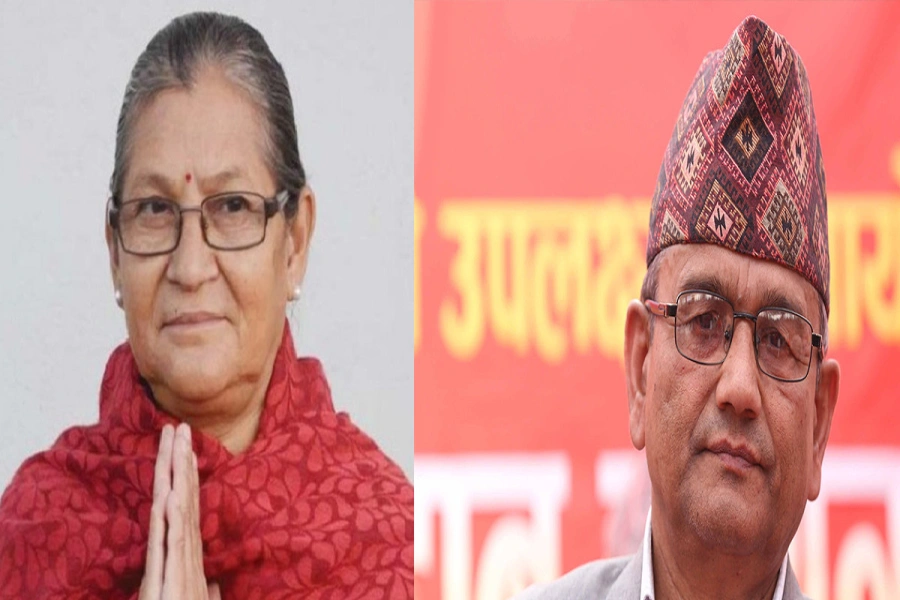
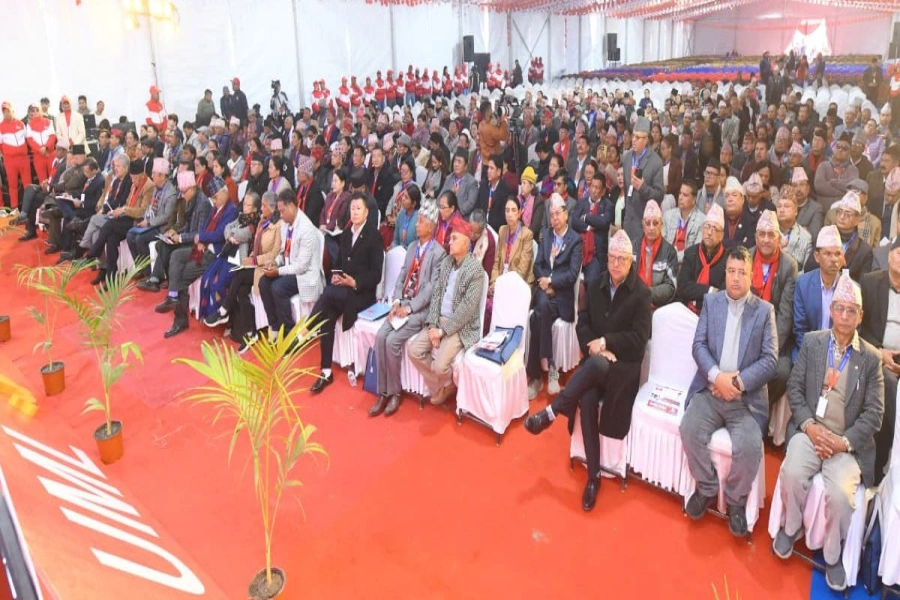
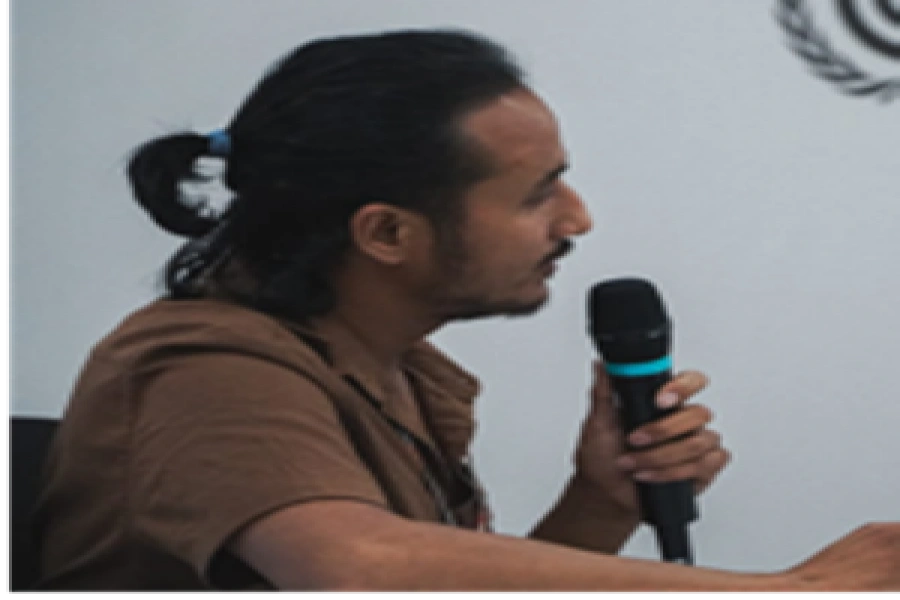

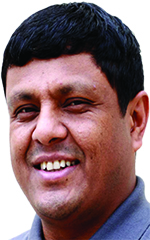




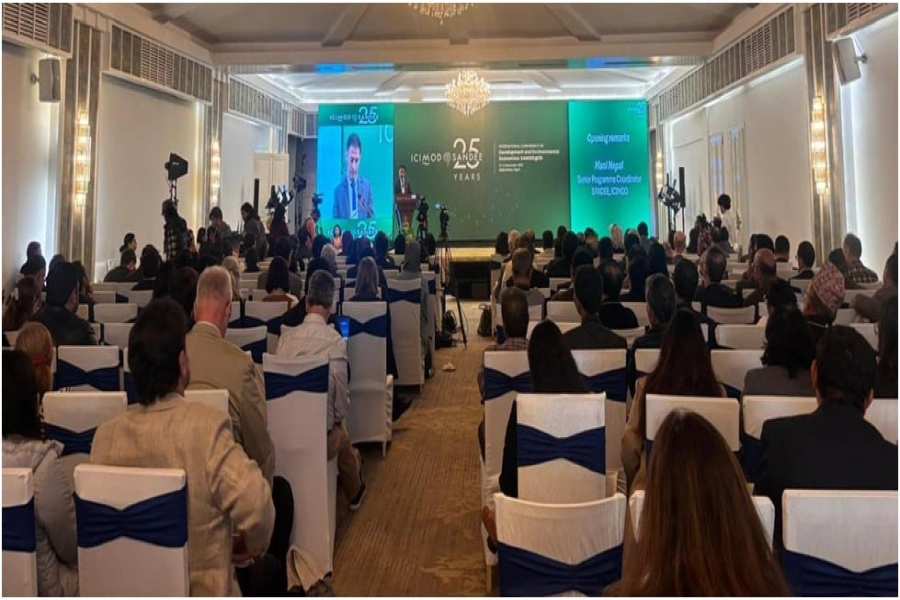


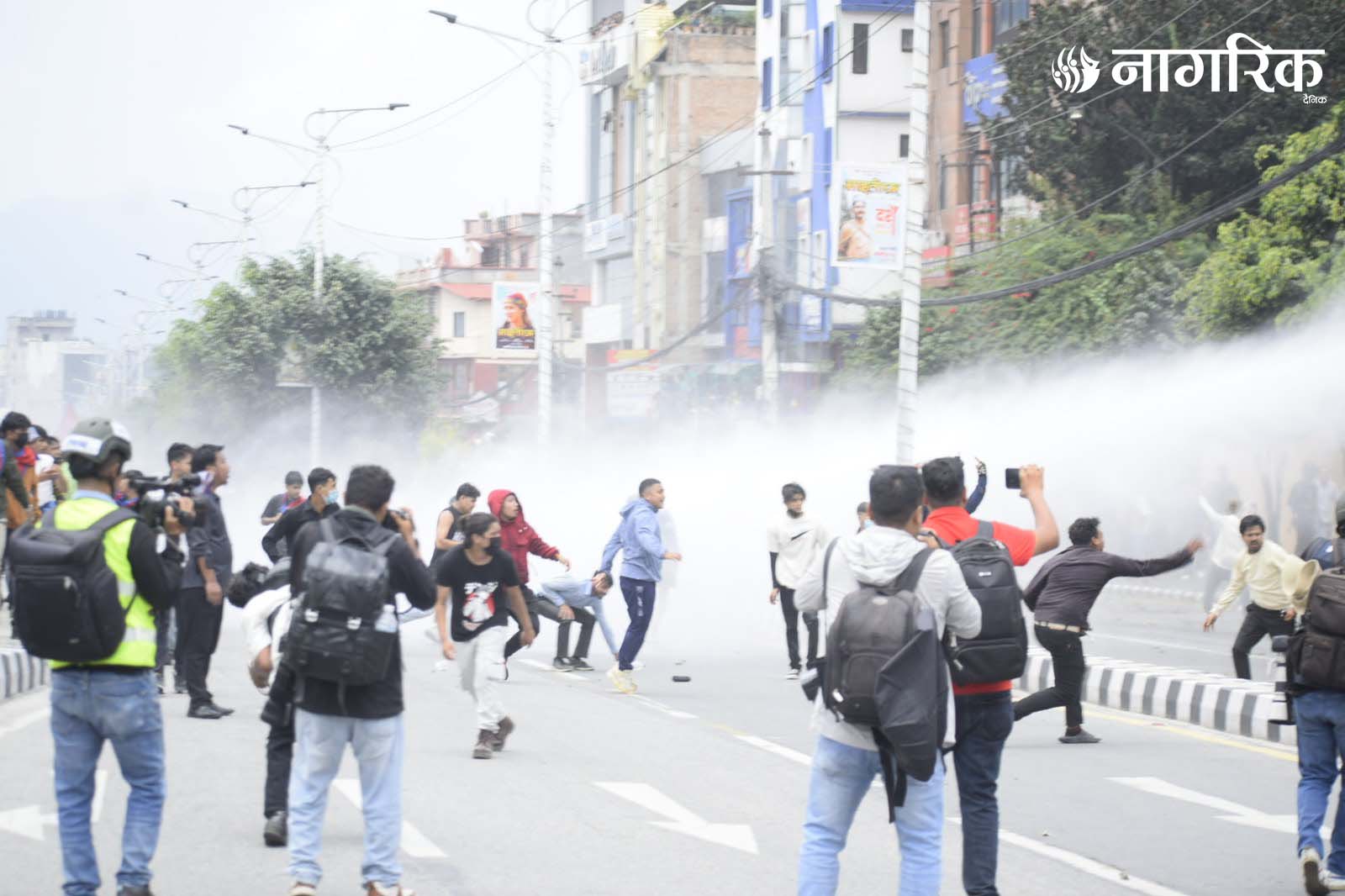


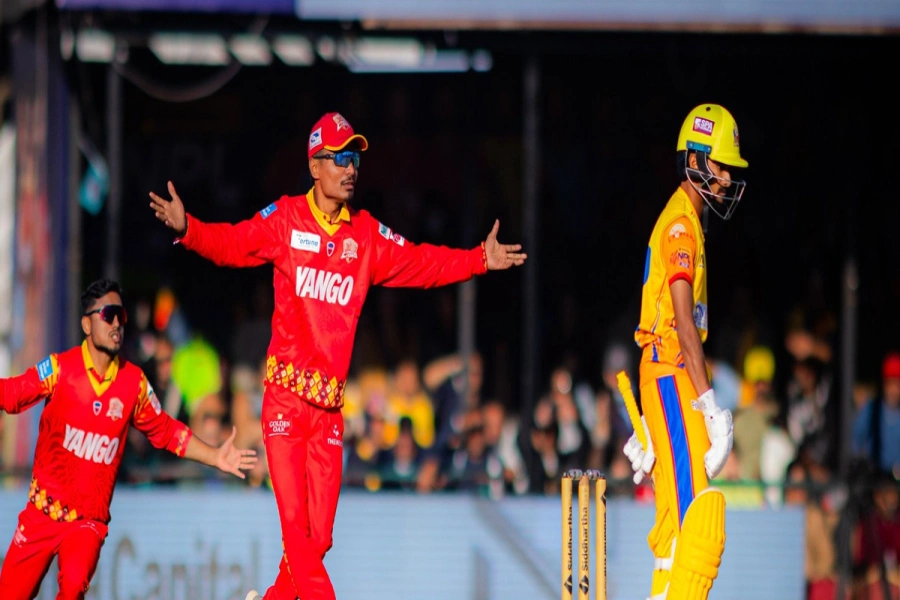
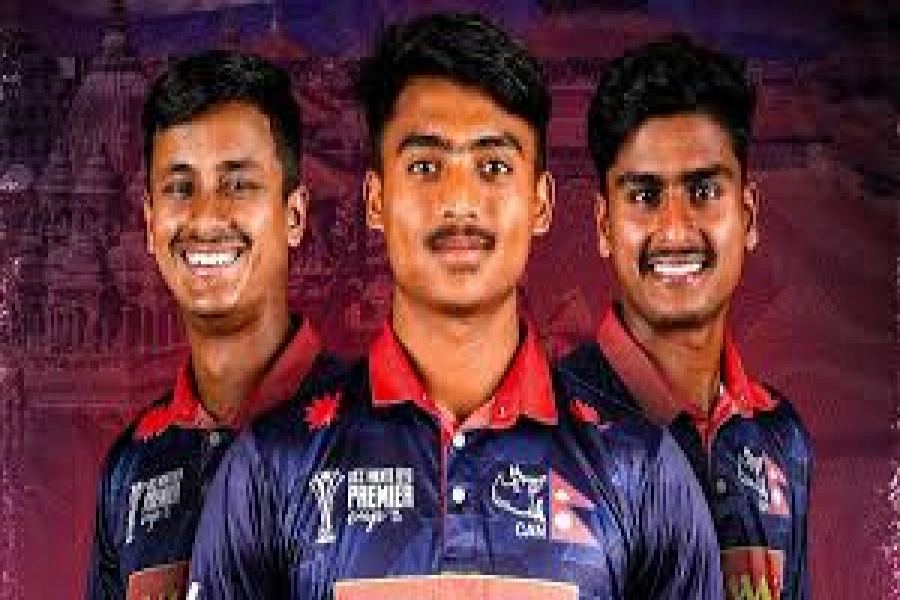

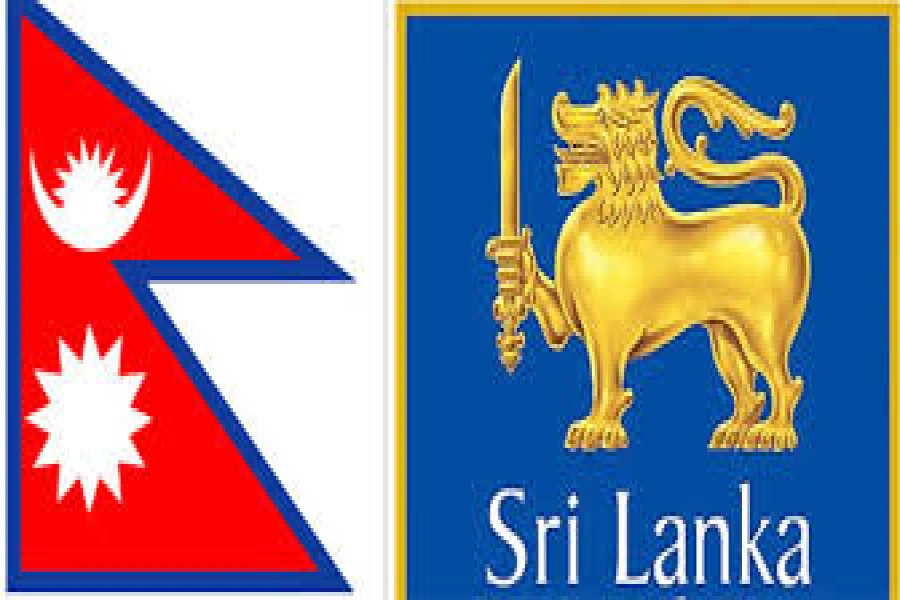
-1765616104.webp)